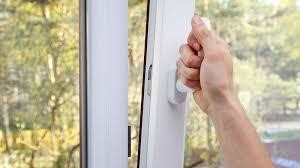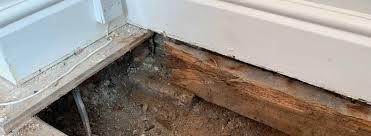Damp and mould can be a huge issue and it is important that you get it dealt with as it can cause damage to the property as well as damage to your health. There are many reasons why damp and mould can form in the home, here are a few of them…
Not Heating the Home – If the home is poorly heated, this can increase the impact of condensation, leading to mould building up. Keeping the home at a stable temperature and avoiding extreme temperature changes helps to reduce the risk of damp and mould forming.
Poor Ventilation – One of the common causes of dampness in the home is poor ventilation. This can lead to condensation forming which then causes damp and mould. Sometimes, this can be caused by things like faulty windows. When this is the case, you should get a professional like this windows and doors Cardiff based company https://choicetradeframes.co.uk/upvc-windows-doors/cardiff/ to replace them. It is also commonly found around bathroom areas if the ventilation is poor, in which case a dehumidifier can help to remove the moisture from the room.

Damp Proof Course is not Working – When the natural damp from the outside rises up through a wall this is known as rising damp, and you will first see signs of it around the bottom of downstairs walls. Modern homes have a damp proof course to prevent this, but older homes may not, and this can cause rising damp, or if the damp proof course is damaged this can also lead to it.
Problems with Plumbing – If you have issues with the plumbing often one of the signs of this is damp in the home. Pipes that are leaking can cause patches of damp that are known as penetrating damp and also can lead to wet rot. When this happens, it is worth getting a plumber to come out and locate the fault to stop it from worsening.

Groundwater Level Rising – When groundwater levels rise, this can be a major cause of damp in the home. Over time, this can happen and once the groundwater gets into the building substrate it can lead to dampness. This is commonly found in older properties where it has had years for the groundwater levels to rise, and as the moisture levels in the substrate rise it can then make its way into the building.
